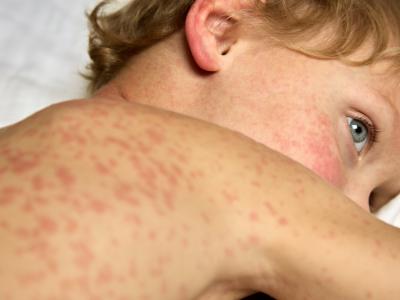.jpg)
A coalition of food safety, public health, and consumer advocacy groups are urging Department of Health and Human Services Secretary Robert F. Kennedy Jr. to curb the use of antibiotics in the meat industry.
In a letter sent last week, the Food Animal Concerns Trust and 36 other organizations called on Kennedy to take four actions to reduce the amount of medically important antibiotics used by US farmers for food-animal production, which accounts for nearly two thirds of all medically important antibiotics sold in the United States. The groups have been warning for several years that widespread use of these antibiotics—which are also used in human medicine—in cows, pigs, and poultry is accelerating the antibiotic-resistance threat.
"The spread of superbugs, and the threat it represents, cannot be slowed without curbing the overuse of antibiotics," they wrote.
Ban on preventive use
The groups note that while sales of antibiotics for human medicine have declined in recent years with better antibiotic stewardship, US sales for animal use rose by more than 10% from 2017 to 2023. They contrast that with Europe, where use of antibiotics in food-animal production has steadily declined since 2010.
The letter calls on Kennedy to prohibit the use of medically important antibiotics to prevent disease in food-animals in the absence of a diagnosed illness, a use that stewardship advocates have long argued is inappropriate and driven by unhealthy conditions on industrial farms. It also urges him to set national targets for reducing antibiotic use both in agriculture and human medicine, finalize guidance that limits durations of antibiotic use in food animals, and create a national monitoring system to track antibiotic use in food-animal production.
"As Secretary, you have the opportunity using existing authorities to make our food system much safer by implementing these steps to stop the overuse of antibiotics by the meat industry that is leading to the spread of deadly antibiotic-resistant pathogens," the letter states.


















